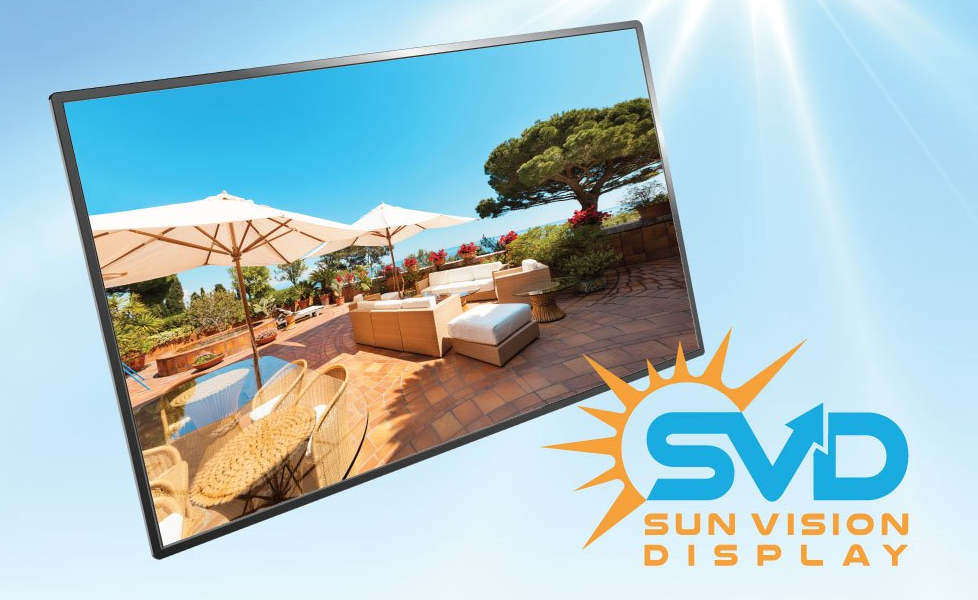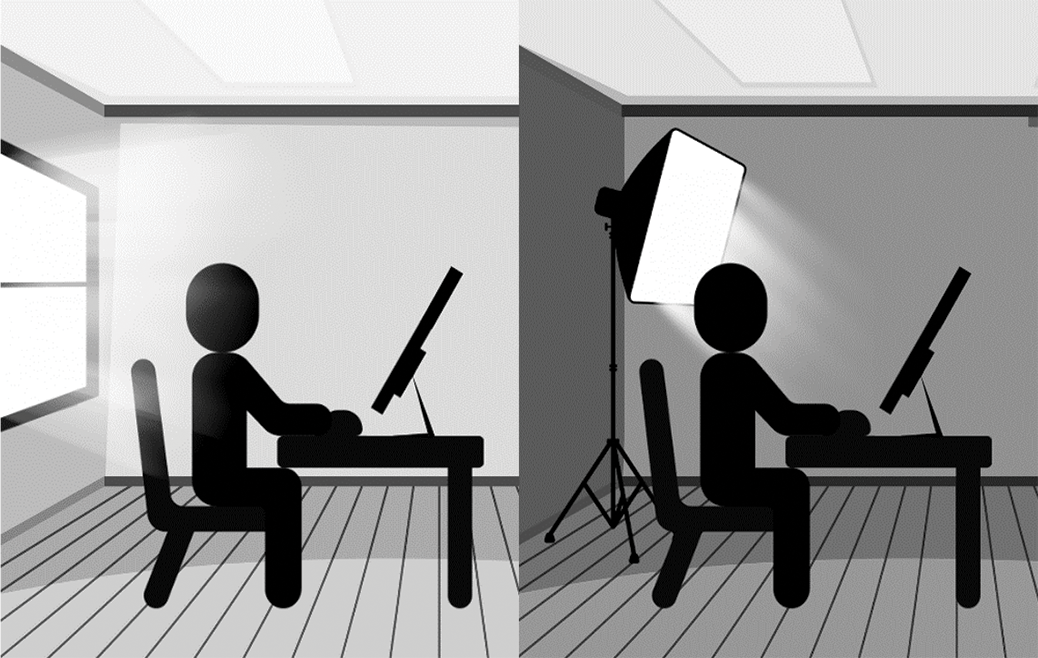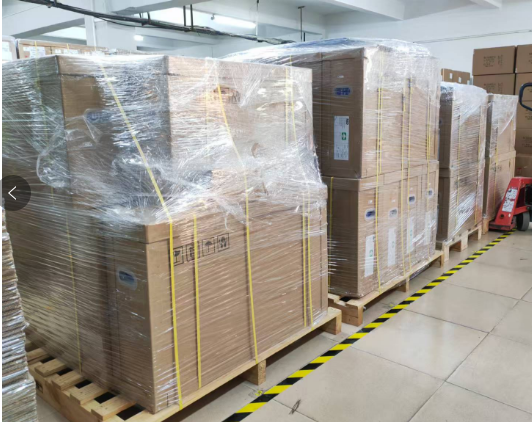Reflective LCD Signs for Public Transportation
Outdoor digital signage is improving communication with travelers.
In the past, signs at a bus stop or train station were primarily how information was communicated. Passengers relied on multiple signs posted throughout to get an idea about routes or arrival/departure times. This method is somewhat inexpensive, but it also included several limitations. The most obvious is the fixed still image, which can only contain a set amount of information and therefore only keeps a viewer engaged for a limited amount of time. The next involves the lifespan of the individual signs. Though versatile, paper isn’t known to be the strongest of materials. Even when it is enclosed, it is damaged easily by moisture, UV light, and even vandalism. It requires somebody to be physically present and to manually update it as the need arises. This additional work costs time, money, and labor, but more importantly, it is never finished. Fortunately, transportation centers have found that most of these problems are remedied by incorporating large format digital displays.
Benefit #1: Messaging can be updated easily and remotely
Digital signage technology offers a number of possibilities. For example, scheduling changes and cancellation notices can now be updated in real time and even additional information, such as providing the reason for a delay or an alternative route that may be available. This brings value to viewers by changing an ordinary sign into a necessary focal point of the traveler’s experience. Many displays regularly show additional information such as weather forecasts, local news headlines, and community notices which allow people to feel more “tuned in” to their environment.
Benefit #2: Generate revenue through advertising
The transportation industry cares a lot about keeping its patrons safe and engaged. But, digital signage isn’t just beneficial for patrons. It also serves as a potential revenue generator for sign owners. Municipalities are provided a platform to advertise products and services directly to known consumers, and parcel out slots of advertising time to local retailers who can mutually benefit from the visibility. Customers have proven willing to maintain engagement if there is a mixture of entertainment and advertising, staying better occupied with digital displays than with other forms of communication. Currently, more than 2 out of 3 public transport users are likely to share an advertisement they see with others via social media. It’s catching on, and more brands are willing to advertise this way. In fact, a 13% increase in budgeting towards such advertising has been reported.
Benefit #3: Newer technologies have increased durability
Durability is also something to consider. Whether the damage is inflicted by a user or a harsh environment, defects create new problems. Not only can they affect visibility, they can leave a bad impression with viewers and sign owners alike. Even with the best of protection, extreme temperature variances, high UV exposure, high humidity, and wet conditions can reduce any display’s lifespan. Printed signs simply don’t stand a chance unless severely guarded and many backlit digital displays can fail easily if moisture and heat aren’t well controlled. The cost to repair or replace these displays adds up, whether it’s taking away from the bottom line or in softer costs like labor and downtime. Though not always ideal, these are some reasons why many transportation centers previously opted for simpler, paper-printed signage, hoping that this option would lead to less expenses.
Sunlight visibility: The greatest challenge for digital signage
To be fair, there are challenges with any product and with implementing new ideas. Sure, some extreme conditions threaten to reduce the lifespan of any display, but there is a single, universal challenge that plagues digital displays in particular. It is not as uncommon as torrential rains or bitter sub-zero temperatures. Instead, it is arguably the most useful resource we have and though it acts to interfere with many display technologies, it can be found in plenty every day: direct sunlight. Bright ambient light prevents viewers from seeing images on digital displays clearly. Perhaps you’ve noticed that the screen on your phone is hard to read on a sunny day or that your TV appears dimmer when all the lights are on. This is because light acts to block itself. The more light there is, the less ability we have to distinguish it. Just as printed signs can lose color over time due to UV radiation, digital displays as well are subject to degradation. High brightness units, for example, attempt to blast through direct sunlight in an effort to “outshine” the sun somehow. This works only if the display is capable of attaining brightness levels exceeding 2000 nits or more (on average). It also brings concerns as to how much energy is being used and how much radiation is hitting the viewers’ eyes. This “hot and heavy” approach does aim to improve sunlight readability, but it requires a high cost in terms of energy consumption and decreased lifespan. Besides, few advertisers want to pay for ads on signs that have poor visibility.
Reflective displays, such as those offered by Sun Vision Display, can convert this problem into a solution. They take that sunlight and use it as the display’s light source, making anything visible and readable -- even in the brightest of conditions! They do all this while consuming about 95% less power than normal LCDs. Consider the other doors that this low energy solution opens. Not only is the high-brightness barrier shattered, an opportunity arises for mobility, as these displays are capable of being battery-powered. Viewable in high brightness? Check. Portable and battery-powered? Check. It’s not that other types of LCDs are incapable of this… it’s just that you’d end up paying for that functionality in other ways, either in the form of higher energy bills, more frequent needs for charging, or paying a mad scientist your life savings to create a battery that will last long enough.
As LCD technology advances, the concept of smart cities is not just a dream of the future, but one that is being implemented in our current society, where an emphasis on creating convenience and engagement is key to success. Commercial brands, advertisers, and even public service officials are bound to increase their use of technology to connect with the people they serve with relevant and up-to-date information. Printed signage, which previously was useful, is no longer adequate to handle these needs. This is why digital sign usage in transportation settings, especially in urban areas, is trending upward. The global urban population is projected to reach 10 billion by the end of this century. Nearly 70% of the world’s population is estimated to be urban by 2050. That math is staggering, but simple: the number of opportunities for
digital signage in transportation will continue to rise and transportation centers must evolve with the advancement of its passengers.
At SVD, our outdoor displays are designed to meet all of these challenges and help support the growing demand for digital signage. We invite you to contact us using the below form, or give us a call at +1 (224) 268-3343 to see how we can achieve just that!
WANT TO KNOW MORE?
Contact Us

